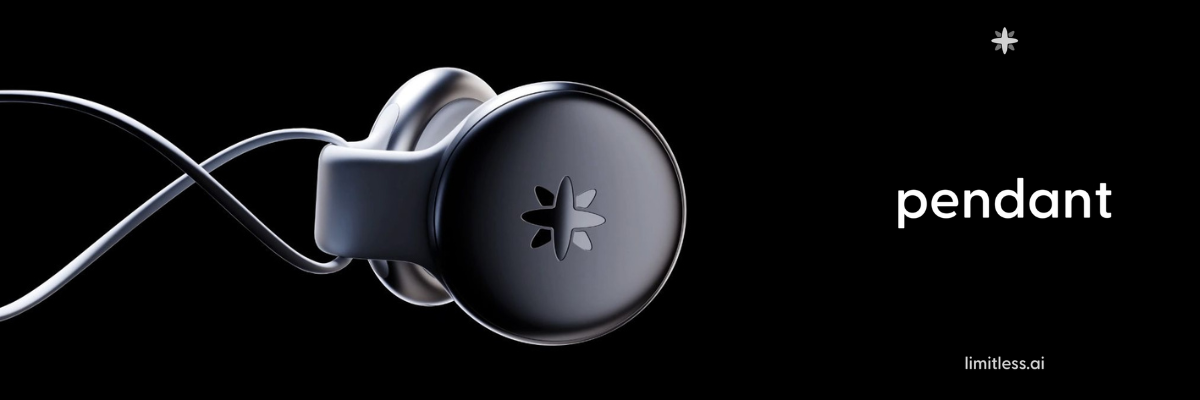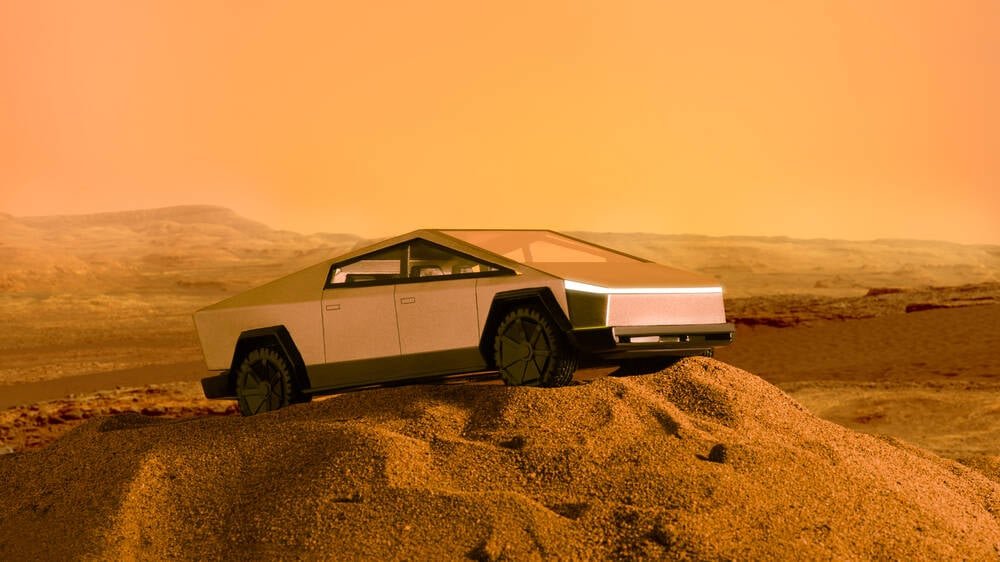Japan’s new space truck/temp lab works first time • The Register

Japan’s Aerospace Exploration Agency (JAXA) is celebrating after its new cargo carrier docked at the International Space Station.
The new vehicle is called the “HTV-X” and launched on JAXA’s own H3 Launch Vehicle last Sunday. It docked at the ISS on Thursday, after the space station’s robotic arm captured it and guided it towards a berth.
The cargo carried contained the usual mix of food for ISS astronauts, experimental kit, and equipment for the ISS. Payloads on this mission included one called “DRCS” – the Demonstration System for CO₂ Removal, a machine that is smaller and lighter than the current equipment used to remove the gas from air on the USS. JAXA hopes tests of the DRCS on the ISS prove it will be useful for installation on the Lunar Gateway – the space station that will orbit the Moon as part of the Artemis Program.
The HTV-X is also notable because JAXA, and its manufacturer Mitsubishi Heavy Industries, designed it to be useful after it leaves the ISS.
Mission plans for many cargo carriers that visit the space station call for them to be packed full of trash and sent into an orbit that sees them burn up in Earth’s atmosphere.
HTV-X can operate and host equipment for up to 18 months after leaving the space station. On its first mission, JAXA therefore included four payloads:
- H-SSOD – a mechanism to deploy very small satellites;
- Mt. FUJI – a laser-based attitude measurement experiment;
- DELIGHT – a demonstration of a deployable lightweight planar antenna;
- SDX – a demonstration of next-generation solar cells.
Space is hard, so JAXA is of course chuffed that the first HTV-X has succeeded. The agency is likely also a little relieved that the H3 performed as planned, because while this is the sixth launch of the vehicle, it’s designated as the seventh rocket in the series. The reason for that oddity is that July tests of the sixth rocket, which used a previously-untried engine configuration, found flaws that sent JAXA’s rocket scientists back to the drawing board.
The mission carrying the HTV-X was the fifth successful flight of the H3, after its first launch failed. Japan’s last cargo capsule, the HTV, flew nine successful missions. ®











